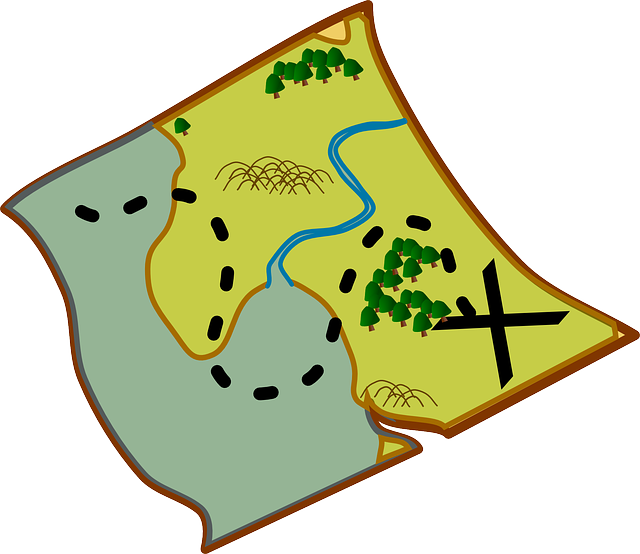Adding personas to your marketing strategy involves a few steps, the first being research (which gives you the information you need to build your personas, and then, of course, to start using them).

Researching Buyer Personas
A deep understanding of your buyers should be the foundation of your sales and marketing strategy and content creation plan. But as daunting as this task may sound, it actually isn’t…as long as you know where to start and can follow these few easy steps.
Step 1: Talk to Your Sales Reps or Customer Services Reps
The best way to start researching your personas is to interview the people in your company who talk to your current customers on a regular basis: these can be sales reps, customer service reps, customer support reps, etc. Your employees should have a very good understanding of what your customers are looking for, what problems they are trying to solve, and what makes them happy. It’s also very important that they share information with you about your customers pain points and frustrations, and what turns them into non-customers. Your employees will know first hand what makes a lead a customer, and what turns them away.
Step 2: Talk to Your Customers…and Non-Customers
Perspective from your employees is great, but nothing beats hearing the truth directly from your customer or potential customer. Gather insights via a small number (5 – 10 questions) of high quality conversations (versus a large number of survey questions sent to a large number of contacts). If you have the relationships built with your clients that will allow you to have great, open face-to-face conversations or phone calls, take advantage of it.
Unsure of the types of questions to ask? HubSpot has posted this great list that you can use to get started in your interviews:
Role
- What is your job role? Your title?
- How is your job measured?
- What does a typical day look like?
- What skills are required to do your job?
- What knowledge and tools do you use in your job?
- Who do you report to? Who reports to you?
Company
- In which industry or industries does your company work?
- What is the size of your company (revenue, employees)?
Goals
- What are you responsible for?
- What does it mean to be successful in your role?
Challenges
- What are your biggest challenges?
Watering Holes
- How do you learn about new information for your job?
- What publications or blogs do you read?
- What associations and social networks do you participate in?
Personal Background
- Describe your personal demographics (if appropriate, ask their age, whether they’re married, if they have children).
- Describe your educational background. What level of education did you complete, which schools did you attend, and what did you study?
- Describe your career path. How did you end up where you are today?
Shopping Preferences
- How do you prefer to interact with vendors (e.g. email, phone, in person)?
- Do you use the internet to research vendors or products? If yes, how do you search for information?
- Describe a recent purchase. Why did you consider a purchase, what was the evaluation process, and how did you decide to purchase that product or service?
Step 3: Host a Buyer Brainstorm
Once you’ve collected initial information from your employees and your customers and prospects, host a buyer brainstorm or workshop with your sales and marketing and management teams. The objective of this brainstorm session should be a rough draft or outline of who you think your personas are. Adele Revella,
- Priority initiatives: What are the three to five problems or objects that your buyer persona dedicates time, budget, and political capital to?
- Success factors: What are the tangible or intangible metrics or rewards that the buyer associates with success, such as “grow revenue by X” or a promotion?
- Perceived barriers: What factors could prompt the buyer to question whether your company and its solution can help with achieving his or her success factors? This is when you begin to uncover unseen factors, such as competing interests, politics, or prior experiences with your company or a similar company.
- Buying process: What process does this persona follow in exploring and selecting a solution that can overcome the perceived barriers and achieve their success factors?
- Decision criteria: What aspects of each product will the buyer assess in evaluating the alternative solutions available? To be useful, the decision criteria should include insight both from buyers who chose a competitor and those who decide not to buy a solution at all.

Step 4: Create a Buyer’s Journey Map
Another objective of your buyer brainstorm workshop should be to define the buyer’s journey map, which should explain exactly the process of how your prospects purchase products or services in your industry or market. The map should include data on each phase of the purchasing process: from the awareness stage of when a buyer’s challenge or opportunity encourages them to make a purchasing decision, to the consideration stage where a buyer will compare products or services between competitors, to the purchase stage when the buyer actually engages in the final purchase of the product or service.
For each one of these stages, it’s essential to understand your buyer’s objectives, and what activities they engage in and information they consume in order to make it to the final purchase stage of their journey.
Step 5: Create the Buyer Persona
After successful completion of steps 1 – 4, you should have sufficient and accurate information to create your final buyer personas! Next week’s post will include a step-by-step guide that will help you build your personas and start putting them to valuable use in your sales and marketing strategy.
For more information on implementing buyer personas and a complete template, download our free guide by clicking on the image below.


